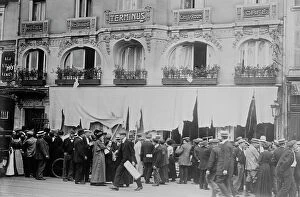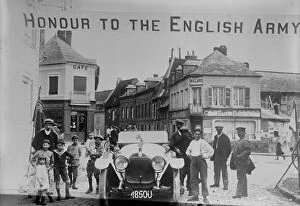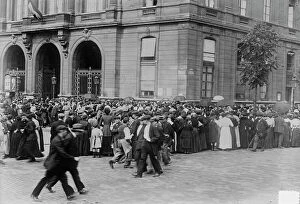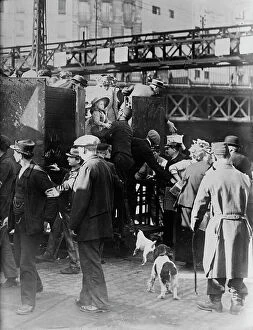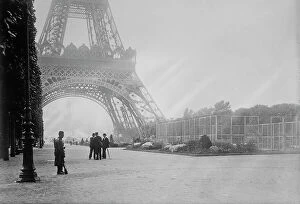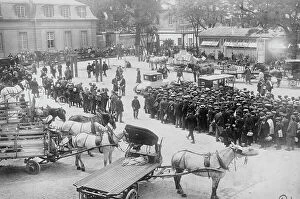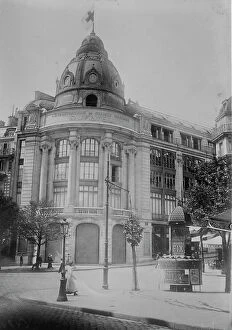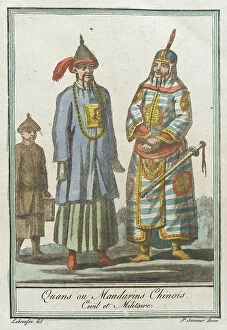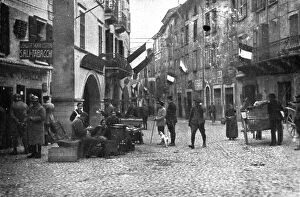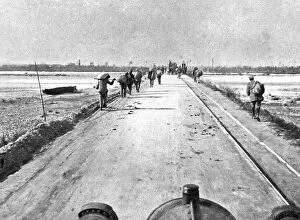Civilians Collection (page 3)
"Civilians: Unsung Heroes in Times of War and Crisis" In the midst of chaos and uncertainty, they have always played a crucial role in supporting their nations
All Professionally Made to Order for Quick Shipping
"Civilians: Unsung Heroes in Times of War and Crisis" In the midst of chaos and uncertainty, they have always played a crucial role in supporting their nations. Like an instruction booklet guiding us through troubled times, they demonstrate unwavering resilience and adaptability. During World War II, knitting for the RAF became more than just a hobby; it was a way for civilians to contribute to the war effort from home. With each stitch, they provided warmth and comfort to brave pilots soaring through the skies. The iconic "Dig for Victory" poster served as a rallying cry during WWII, urging civilians to cultivate their own gardens and grow essential crops. These ordinary individuals transformed into farmers overnight, ensuring that no one went hungry amidst rationing. In WWI, an encounter between a British trooper and a French woman on the road to Lille showcased the compassion shared by people across borders. In moments of despair, these chance connections reminded us of our shared humanity. Air raid drills at Windmill Theatre exemplified how civilians adapted their daily lives to protect themselves during wartime. They sought refuge within theaters' walls while still finding solace in entertainment despite imminent danger. Coastguards and civilians of Leysdown on Isle of Sheppey stood united against enemy threats along Britain's shores during WWII. Their vigilance safeguarded coastal communities from harm's way. Recruitment posters for the British Army called upon able-bodied men who willingly stepped forward as volunteers or conscripts – embodying bravery in its purest form. Soldiers honed their skills with target practice on shooting ranges before heading off into battlefields - training alongside dedicated civilian instructors who prepared them mentally and physically for what lay ahead. Firemen rescuing people from Tabernacle St houses in Shoreditch demonstrated selflessness amid blazing infernos - risking their lives without hesitation to save those trapped within burning buildings. "The Door-God.









